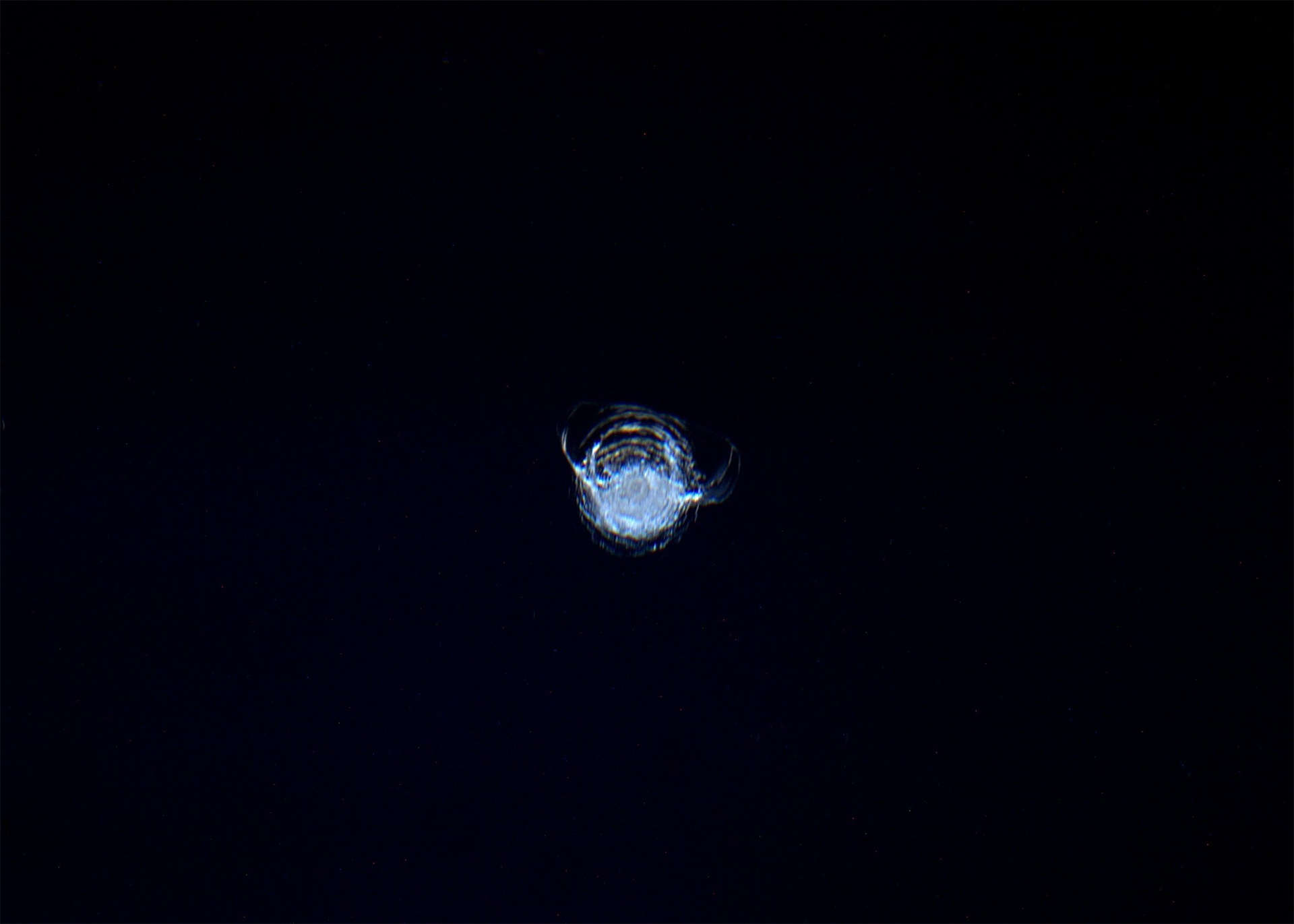This image shows the Shenzhou spacecraft departing from the Tiangong space station in 2023.
Photo: China Manned Space Agency.
Replacing spacecraft in low Earth orbit
Because their original spacecraft was deemed unsafe, Chen and his crewmates instead returned to Earth on a new spacecraft, Shenzhou 21, which was launched and arrived at Tiangong Station on October 31. Three astronauts launched on Shenzhou 21— Zhang Lu, Wu Fei and Zhang Hongzhang– remain aboard the space station, weighing almost 100 tons, and only the damaged Shenzhou 20 ship can take them home.
China's Shenzhou line of spaceships not only provides transportation to and from low-Earth orbit, they also serve as lifeboats to evacuate astronauts from the Chinese space station in the event of an in-flight emergency such as a serious accident or medical crisis. They serve the same role as Russia's Soyuz and SpaceX Crew Dragon spacecraft flying to and from the International Space Station.
Another Shenzhou spacecraft, Shenzhou 22, “will be launched at a later date,” the China Manned Space Agency said in a statement. Shenzhou 20 will remain in orbit to “continue relevant experiments.” The Tiangong Laboratory is designed to support crews of six for only short periods of time, with longer stays of three astronauts.
Officials have not said when Shenzhou 22 might launch, but Chinese officials typically have the Long March rocket and Shenzhou spacecraft on standby for a quick launch if needed. Instead of astronauts, Shenzhou 22 will deliver fresh food and equipment to support the three-person crew at Tiangong Station.
China's state news agency Xinhua called Friday's homecoming “the first successful implementation of an alternative return procedure in the history of the country's space station program.”
Shuffled return schedules and damaged spacecraft at Tiangong Station are reminders of risks of space debrisespecially tiny pieces of debris that are not detected by tracking telescopes and radars. A small piece of space debris traveling at a few miles per second can cause an impact. Over the past few years, Tiangong Outpost crews have ventured outside the station several times to install space debris shields to protect the outpost.

Astronaut Tim Peake took this photo of a cracked window on the International Space Station in 2016. The 7-millimeter (quarter-inch) indentation in the four-pane window was knocked out by the impact of space debris no more than a few thousandths of a millimeter in size. The damage did not pose a danger to the station.
Photo: ESA/NASA.
Shortly after landing on Friday, ground crews helped the Shenzhou astronauts exit the lander. All three appeared to be in good health and high spirits after completing the longest crew mission in the Chinese space program.
“Space exploration has never been easy for mankind,” said Chen Dong, the mission commander, according to Chinese state media.
“This mission was a real challenge, and we are proud to have completed it successfully,” Chen said shortly after landing. “China's space program has stood the test, and all teams have demonstrated outstanding performance… This experience has left us with the deep impression that astronaut safety is truly a priority.”








